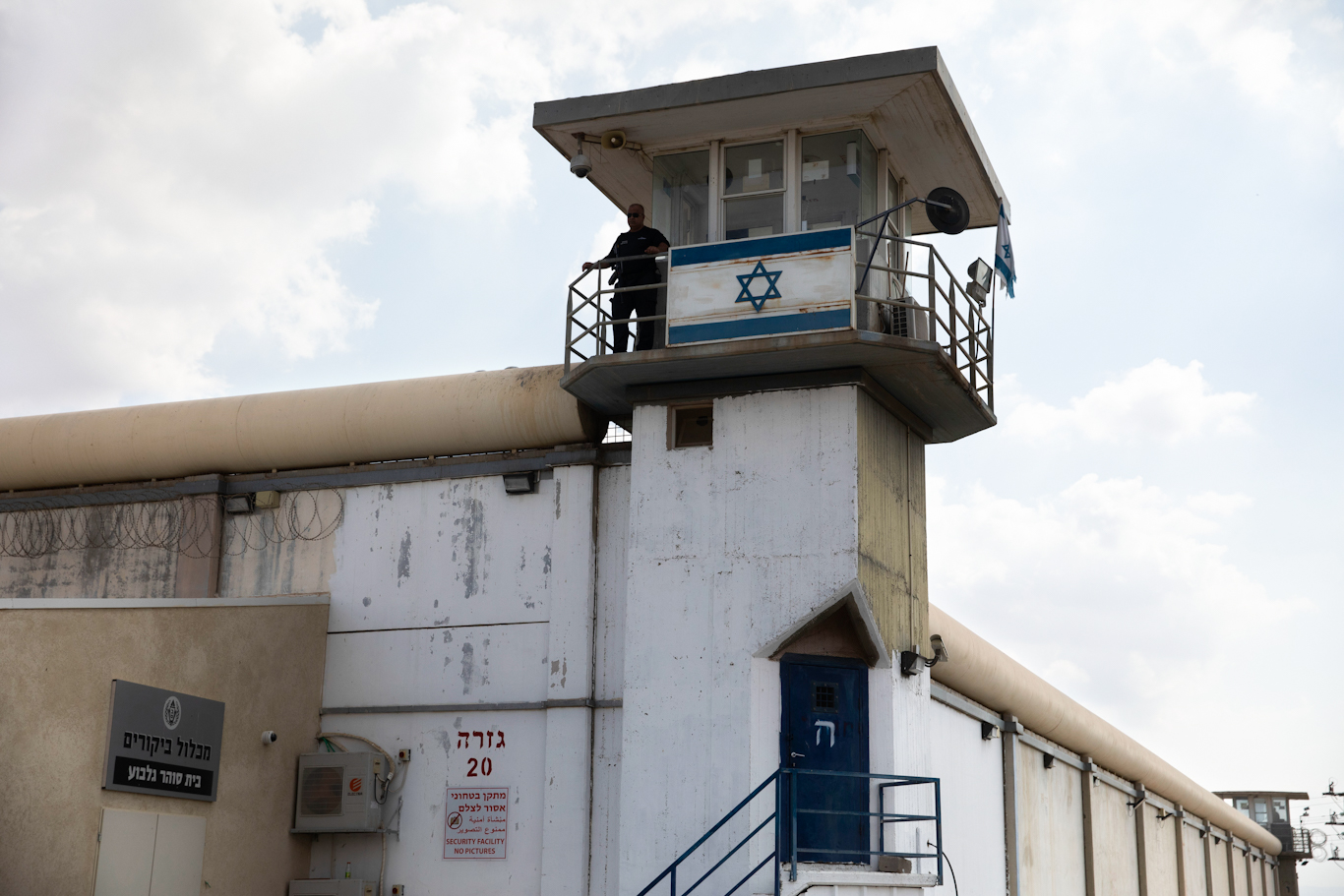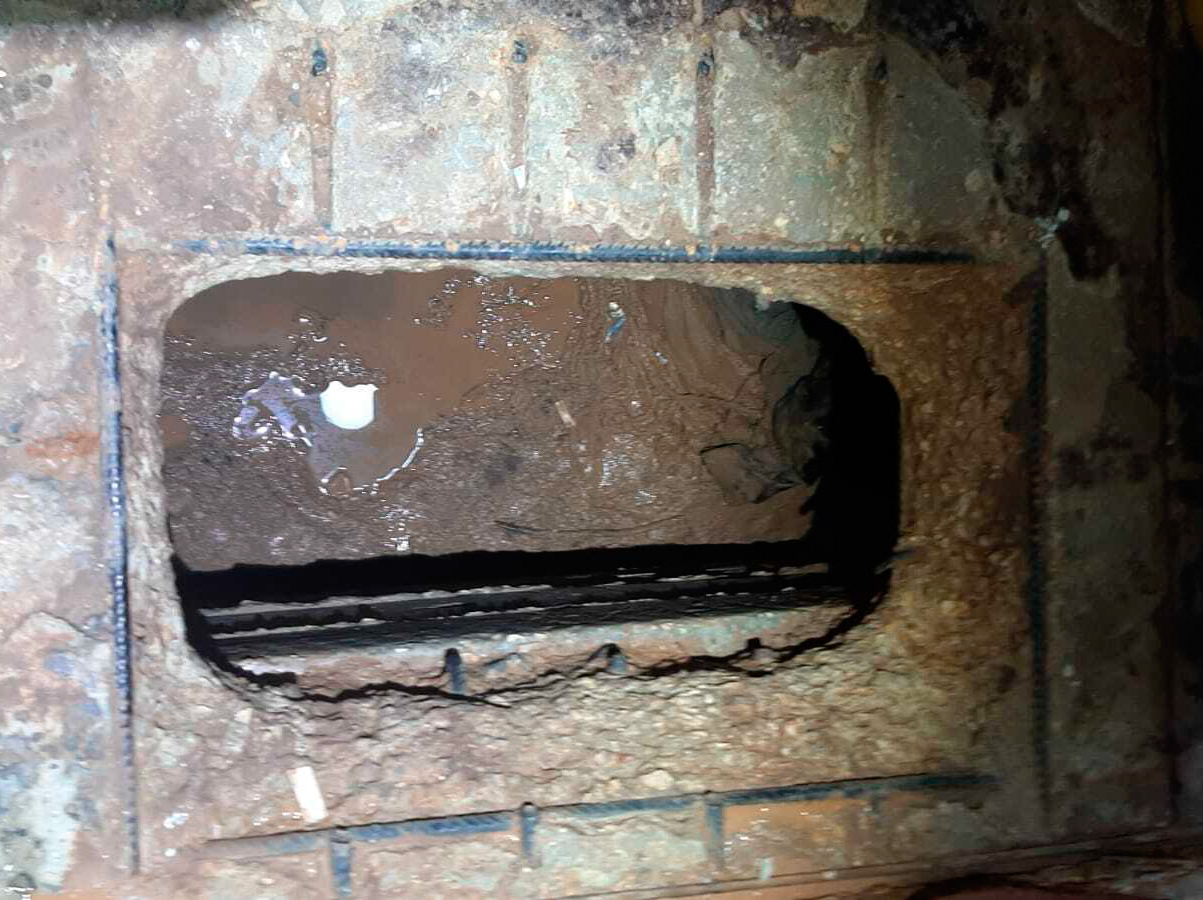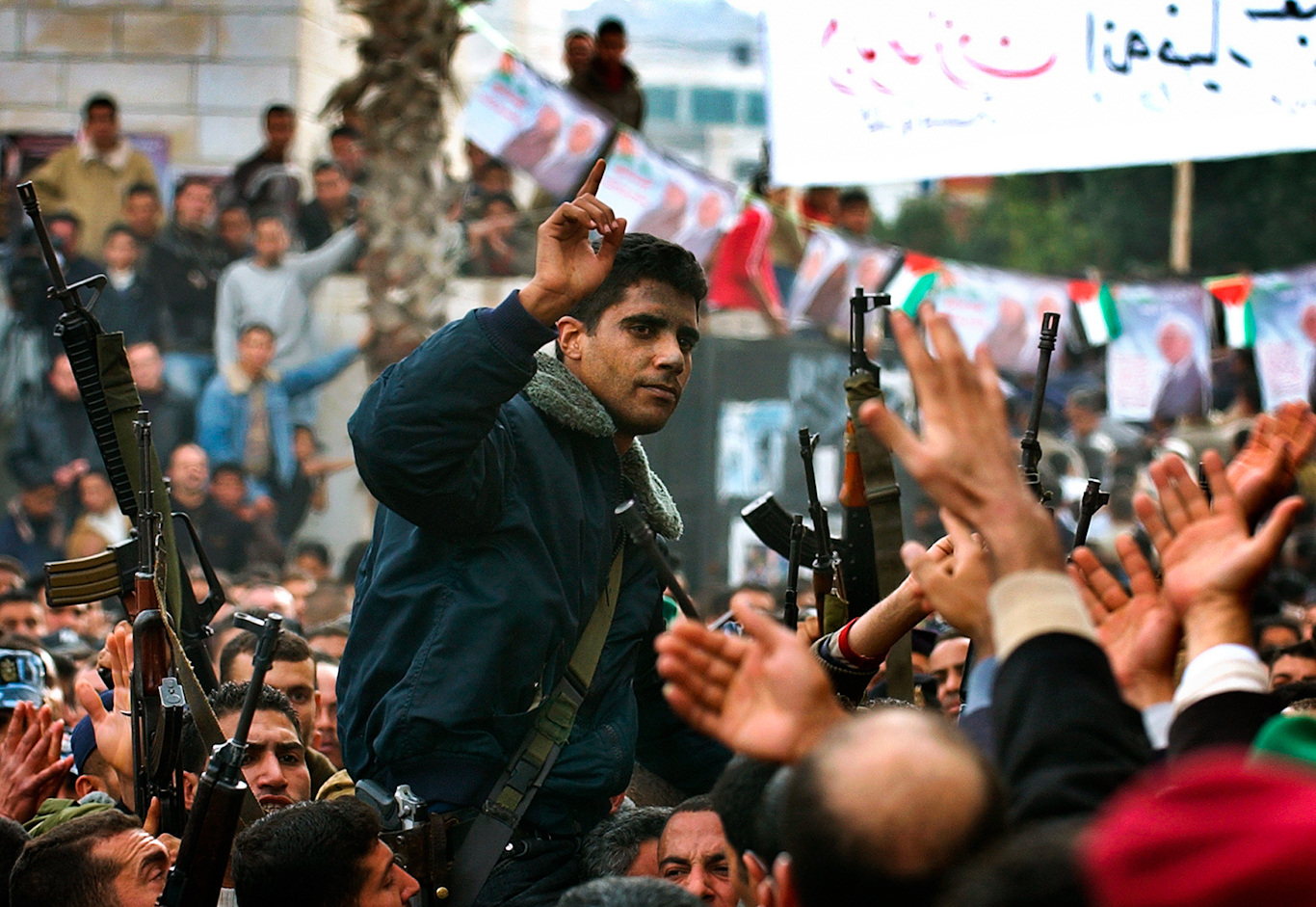Why Israel’s Gilboa Prison Break has Palestanians Celebrating
It is said that Palestinians are the most incarcerated people in the world. Rarely does one find a Palestinian who has not been a victim of the Israeli prison system and when one does find one such person, he or she will have a sibling, parent or another close relative who serves or has served time in an Israeli prison. Opportunities for Palestinians to celebrate as a nation are few and far between. When the news broke of the escape of six high-profile Palestinian prisoners from one of Israel’s most secure prisons, it was a reason to celebrate. This was a reason not only for Palestinians to celebrate but indeed for all people who believe in justice and freedom.
This escape, which Reuters described as a “Hollywood-style escape,” was a daring and courageous operation. It had Palestinians celebrating in the streets and provides the Palestinian Authority and the countries that surround Palestine an opportunity to demonstrate to whom they are loyal. The world will see whether they will support the efforts of the oppressor to catch the freed political prisoners or support the cause of freedom and help these six brave men find safety.

The prison
Gilboa Prison is located in northeastern Palestine in what used to be known as the Baisan District. It is a beautiful and very fertile region and home to some of Israel’s most prosperous settlements, many of them established prior to 1948.
According to Addameer, the Palestinian prisoner support and human rights association, Gilboa Prison was established in 2004 next to Shatta Prison in the Baisan area. It is a high-security prison described as “the most intensely secured of its kind where occupation authorities incarcerate Palestinian prisoners.”
According to a report by Adalah, the Legal Center for Arab Minority Rights in Israel, at Gilboa Prison every group of six “security prisoners” is housed in cells that are 22 square meters (c. 230 square feet) in size, including a shared toilet and bathroom. The cells contain three bunk beds and the inmates are unable to maintain social distancing. The beds are situated less than 1.5 meters from each other and the top bunks are positioned just 80 centimeters (c. 30 inches) above the bottom bunks.
The Israeli security apparatus fails
The ineptitude of the Israeli security apparatus is well known, although it is not often publicized. Now the entire Israeli security system is desperately trying to come to grips with this breach of security and enormously embarrassing failure. The circumstances of the escape seep slowly to the press and show an enormous hole, no pun intended, in the system. The few details that have emerged through the Israeli press reveal human error, carelessness, and perhaps even the help of officers within the prison, which all led to the success of the prison break.

Initially, it was reported that the tunnel through which the prisoners escaped was structural, or part of the prison. Later, it was reported that it had apparently been dug over a five-month period, and then the reports claimed it took an entire year of planning. Then, the guard who was supposed to look over the area where the tunnel entrance was located was asleep while on duty and the prison guards at the command center, where several computer screens show images of every inch of the prison, were just not paying attention.
To add to that, prison authorities were not aware that the prisoners had escaped until several hours after the escape. It began when a civilian called the police and reported seeing “suspicious” looking men crossing a field. It took a couple of hours before the prison was notified and then apparently some time elapsed before the prison authorities realized that the six men were gone. In other words, the prisoners had a head start of several hours before authorities began searching for them, which means they could be anywhere in, or even out of, the country.
As these words are being written, several days have passed since the prisoners escaped and all that the Israeli authorities have been able to accomplish is to ignite riots within the various prisons that hold Palestinians and intense riots throughout Palestine. Jenin, which is the home of all six men, is particularly celebratory and the Jenin Refugee Camp is sealed off by armed Palestinian resistance fighters, keeping the Israeli military and others who might collaborate with the Israeli authorities out.
It has also been reported in the Israel press that four of the six had tried to escape before and were categorized as “high risk of escape.” Still, they were placed together in the same cell.
The Six
Zakaria Zubeidi is the one Palestinian prisoner who is well known both locally and internationally. He is featured in the film Arna’s Children. The movie was directed by Juliano Mer-Khamis, who documented a number of promising child actors in a theatre group he founded with his mother, Arna, at the Jenin refugee camp during the First Intifada. Juliano returned to Jenin Refugee Camp in April 2002 in the aftermath of an Israeli massacre in the camp to see what happened to the children he knew and loved. He found that all but one were killed; the lone survivor was Zakaria Zubeidi, who is featured in the film as a child and then as a commander of Palestinian resistance in the camp.
Zubeidi has been in and out of the Israeli prisons and has survived several assassination attempts. I recall seeing him speak after a showing of the film in Jenin during the Jenin Film Festival several years ago. He was arrested in 2019 and has not yet been sentenced.

Mahmoud Abdullah Ardah, 46, from Jenin, was the leader of the Gilboa Prison escape operation, according to a piece in Middle East Eye that quotes the Palestinian armed group al-Quds Brigades. Ardah was arrested in 1996 and sentenced to life in prison on charges of being a member of the al-Quds Brigades and for his involvement in the killing of Israeli soldiers. He reportedly tried to escape in 2014 from Shatta prison by digging a tunnel, but his plan was unsuccessful.
Mohamed Qassem Ardah, 39, is from Jenin and was arrested in 2002 and sentenced to life in prison. He too was charged with belonging to al-Quds Brigades and being involved in the killing of Israeli soldiers.
Yaqoub Mahmoud Qadri — 49, from Bir al-Basha, Jenin — was arrested in 2003 and sentenced to life in prison on charges of belonging to al-Quds Brigades and killing an Israeli settler. In 2014, he and a number of other prisoners, including Mahmoud Abdullah Ardah, tried to escape from Shatta prison through a tunnel, but the attempt was unsuccessful.
Ayham Nayef Kamanji, 35, is from Kafr Dan. He was arrested in 2006 and sentenced to life in prison on charges of killing an Israeli settler and participating in other armed activities against Israeli targets.
Munadil Yaqoub Nfeiat, 26, is from Ya’bad, southwest of Jenin. He has been jailed without charge since 2019.
The international community must come out in defense of these six men and demand that they be safe from the Israeli authorities. Furthermore, guarantees must be given for the safety of their relatives and the communities these men are from, which will undoubtedly be the victims of more Israeli violence.
Editor’s Note | Shortly after this article was published, Yaqoub Kadri and Muhammad Ardah were captured by Israeli forces in Nazareth.
Feature photo | Palestinians ride a motorcycle decorated with a poster that shows pictures of six Palestinian prisoners who escaped from Israel’s notorious Gilboa Prison. Nasser Nasser | AP







